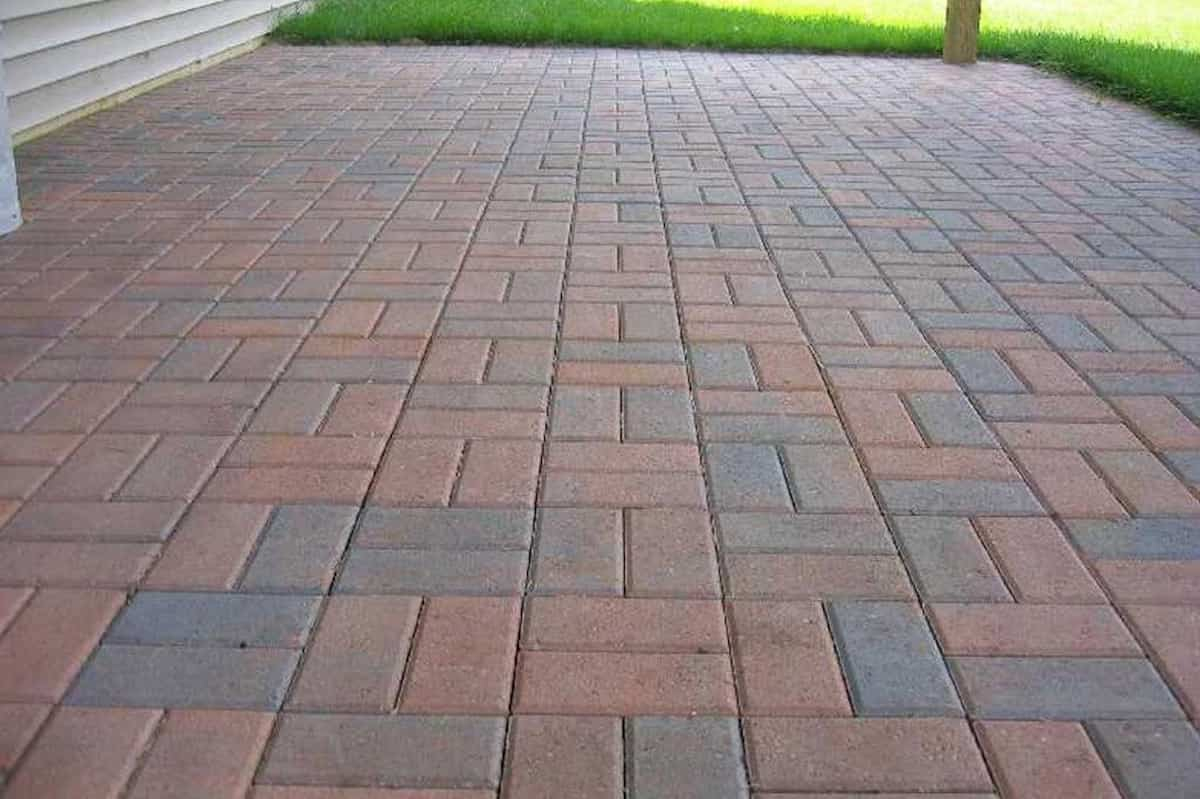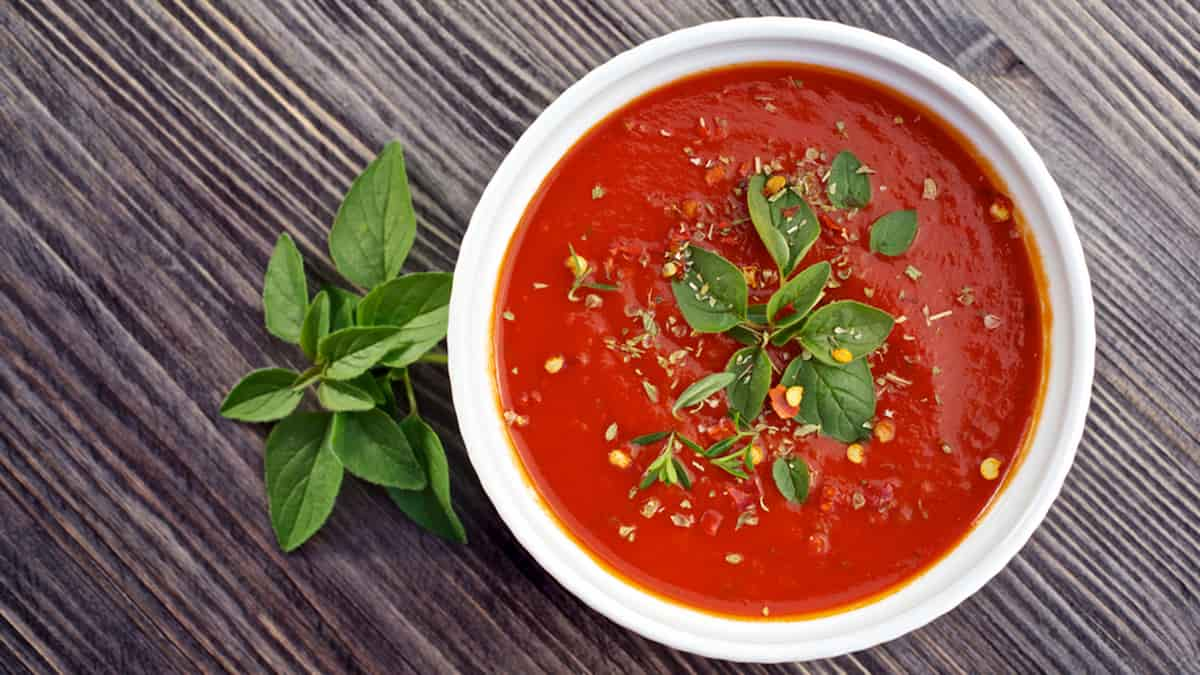Among the different colors, ceramic white is always the favorite of many. And statistics from the trade show that white, thin and textured ceramics, especially the seamless type, are bought more than other colors.
The unique type of ceramic tile used in the bathroom is frameless ceramic. These wall tiles have a smooth surface that gives them a seamless, seamless look.
How do I choose the right size?
Identifying the available space is the first step in choosing the right size. Next, think about how much water it takes to keep a toilet clean. Adding about 1 inch (25 mm) per gallon (0.45 L) of water is a reasonable rule of thumb. The number of people using the toilet multiplied by four will give you the number of gallons you use per day. If you plan to add a shower, measure the distance between the two. Toilet. Remember that if you are building a tub, you may want to choose a larger size if you are only going to use it once.
What materials should I use?
You can choose from a wide range of seamless ceramic products from manufacturers. Products made of porcelain, stoneware or earthenware are available. The best material is usually porcelain because it is of high quality. However, it is also the most expensive choice. Although cheaper, materials made of stone are fragile. The least expensive alternative is ceramic, but it scratches and breaks easily.
How long does it take?
The tile is extremely durable and strong. They are resistant to stains, mold and mildew. In fact, some experts recommend cleaning just once a year.

ceramic trade
Ceramic trade has a long history. Ceramic is a strong and durable natural material with a number of distinctive features. Ceramics are widely used in cooking, architecture, art, pottery, tableware, jewelry, and ceramic tile industries, etc.
Most ceramic materials are made of clay and have been used since ancient times. The first ceramics were created by firing clay at high temperatures. Because of their durability, ceramics are often used in food containers, cookware, cookware, and other household items.
The root of the word “ceramic” is the Greek verb keri, which means “to harden”. In fact, ceramics were first used around 5,000 years ago. Ceramics are made from a mixture of sand, clay, quartz, feldspar, etc.
Clay is the most common mineral in the earth’s crust. The chemical composition and physical quality of different types of soil are different. These changes allow us to produce a variety of ceramics.
Non-porous, porous and porous ceramic materials are three common classifications. Ceramics that are impermeable to water and do not crumble. The porous structure of porous ceramics allows liquids to pass through. Cellular ceramics are composed of microscopic cells filled with air or gas.

All kinds of ceramics
There are four main types of ceramics:
Porcelain
Porcelain is a glass porcelain tile with a high silica content. Normally, it is white and clear. It is resistant to heat and severe corrosion. Porcelain is considered a luxury item due to its high price.
Aluminosilicate glass
A group of glasses including alumina and silica, aluminosilicate glass is composed of both elements. They are transparent and fragile. Due to their fragility, they break easily.
Glazed pottery
Glazed pottery is covered with a glass coating that gives a reflective shine. Glaze after baking.
Enameled pottery
Lacquer is applied to the entire ceramic object to create glazed pieces. Varnish acts as a protective layer for the workpiece.

white ceramic trade
Many people consider white to be the base color for ceramics, probably because it is the color that takes up a high proportion of the business.
1. White ceramic sheet
Clay, a sedimentary rock, is the basic material of ceramics. Silica, alumina, iron oxide and calcium carbonate are among the minerals and compounds that make up soil. The purpose of ceramics is to produce a crack-free material that can withstand high temperatures. Before creating a ceramic table, raw materials must be ground into powder. Then the liquid is placed in the mold and cooked at a very high temperature. After cooling the finished product, it is ready to use.
2. White ceramic dish
A pot is a container of water. Typically, these containers are made of glass, porcelain, or porcelain. Ceramic pots are usually used to store flowers, fruits and vegetables. In addition, they are used in flower arrangements. There are different types of vases such as shallow bowls, deep bowls and champagne glasses.
White ceramic plate
Plates are like plates. However, vowels are usually shorter than consonants. They are usually used to give food. Plates, unlike plates, may have flat bottoms.
White ceramic bowl
Bowls are like containers. However, they are larger than pots. They are ideal for storing and displaying small objects. Bowls, like glasses, can have smooth bottoms or edges.
White porcelain
5. It is similar to a flower pot. However, they are too many. They are great gardening tools. Plantings can be placed on the ground or in containers.
6. White ceramic dinnerware
Plates look like dishes. However, they are smaller than boards. They are ideal for food service. Wood, metal and plastic are all suitable options for making cutlery.
7. White ceramic coaster
Coasters are like saucers. However, they are smaller than roller coasters. Typically, they are used to carry drinks. Ceramic, glass, stone and wood are among the different materials used to make coasters.

white seamless ceramic trade
If you want to know what the seamless white ceramic business is like, you need to gain a comprehensive understanding of how ceramics are made and how they are produced in the world.
White seamless ceramic is a porcelain that is extremely durable and resistant to breakage. The kitchen department was the first to use these ceramics, dating back to the early 1900s.
They are widely used today, especially in the automotive and construction industries, etc. Even in the field of medical practice.
Both natural and artificial processes can be used to create ceramics with a flawless white appearance. Ceramic material that is naturally white, seamless and made of clay, as well as chemicals that make it waterproof and fireproof. Quartz, feldspar, silica and soda ash are the four main components of artificial white seamless wall tiles.
Why should you use seamless white ceramics?
The use of seamless white ceramic has various advantages. For starters, these pieces are very strong and durable.
Due to the absence of lead, cadmium, mercury and arsenic, it is suitable for human consumption and has no health risks. Second, they are safe for both humans and the environment because they are non-toxic. Third, they are hypoallergenic, meaning that people suffering from asthma and allergies will not react negatively to them. The last advantage is that they are economical.



